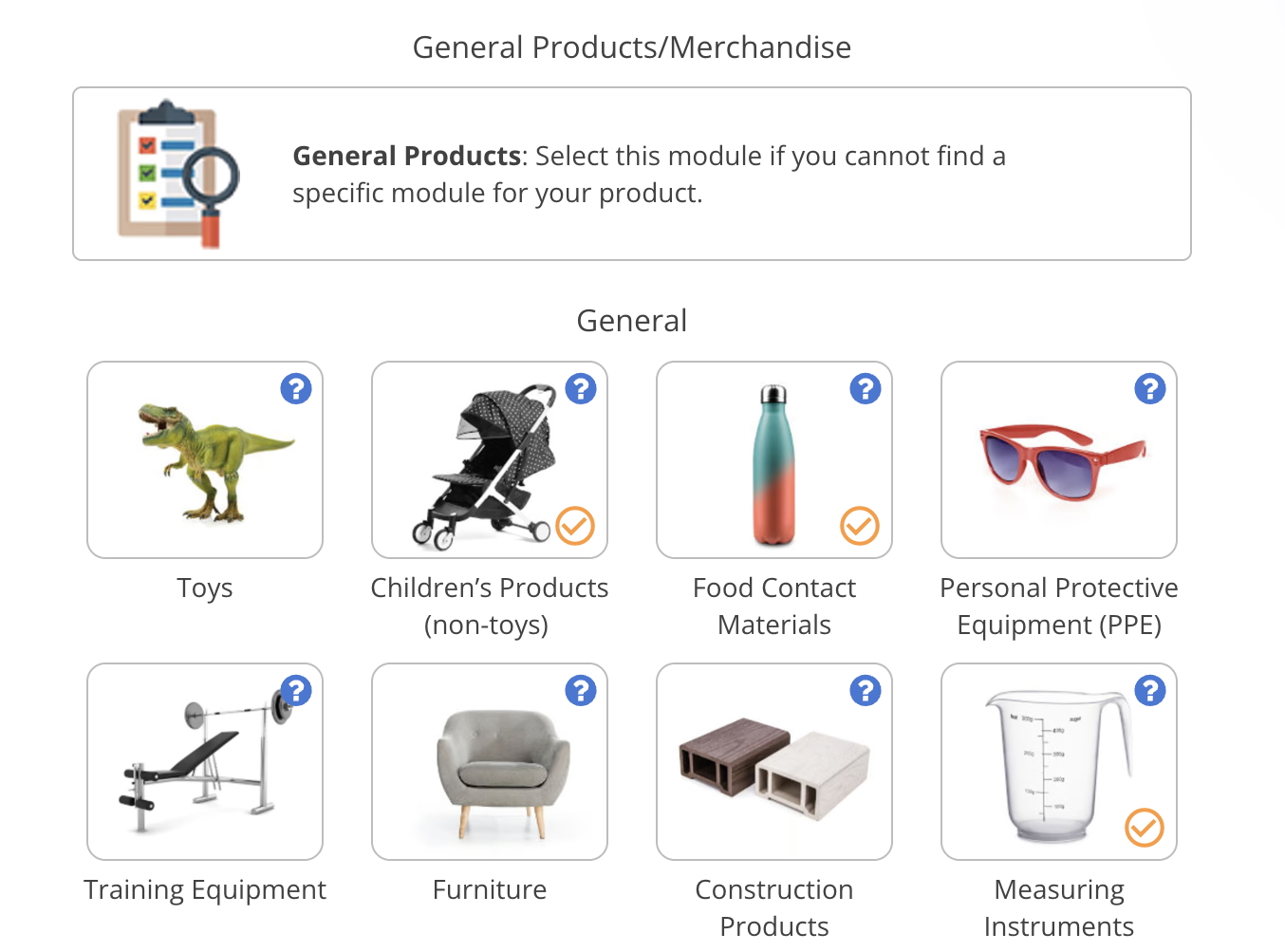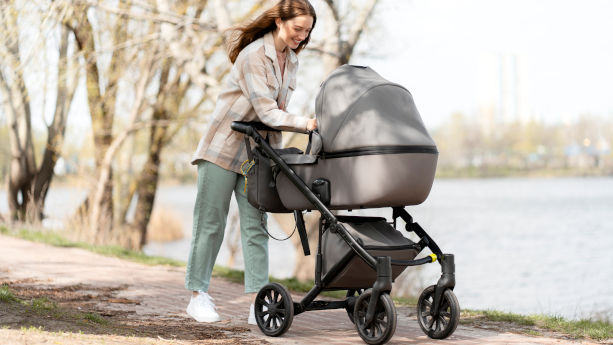
Importers and manufacturers of baby strollers are required to comply with requirements such as testing, documentation, and labelling. Non-compliant baby strollers may, for instance, pose mechanical, physical, and chemical hazards to children. For example, stroller parts may entrap the baby and cause an injury, and substances used in coating products and dyes may affect the child’s development.
In this guide, we explain how regulations such as the General Product Safety Regulation and REACH are relevant for baby strollers.
Content Overview

FREE CONSULTATION CALL (30 MIN)
 Ask questions about compliance requirements
Ask questions about compliance requirements Countries/markets:
Countries/markets:
 Learn how we can help your business
Learn how we can help your business
You will speak with:Ivan Malloci or John Vinod Khiatani
General Product Safety Regulation
The General Product Safety Regulation establishes safety requirements for consumer products sold in the EU, including strollers and similar products. Importers and manufacturers should:
a. Comply with relevant standards and requirements
b. Create technical documentation and instructions
c. Correctly label their products and packages
Standards
You should generally comply with harmonised standards to ensure product compliance. However, we could not find any standards that are both harmonised under the GPSR and relevant for baby strollers. Where harmonised standards do not exist, you should still use other relevant standards, which could potentially include ones listed in the table below.
| Standard | Description |
| EN 1888-1 – Child care articles – Wheeled child conveyances – Part 1: Pushchairs and prams | This standard sets safety requirements and methods for testing pushchairs and prams that:
a. Are designed to carry one or more children, each weighing a maximum of 15 kg b. Can carry a standing child of a maximum of 20 kg if it has an integrated platform The standard does not cover:
|
| EN 1888-2 – Child care articles – Wheeled child conveyances – Part 2: Pushchairs for children above 15 kg up to 22 kg | This standard contains additional safety requirements for pushchairs that are designed to carry one or more children that weigh between 15–22 kg each. It must be used together with EN 1888-1. |
| EN 1888-3 – Child care articles – Wheeled child conveyances – Part 3: Pushchairs intended for leisure sport activities | This standard sets safety requirements for pushchairs meant for use in leisure sports activities – for instance, running, jogging, or skating.
It covers pushchairs that are meant to transport 1-2 children each weighing a maximum of 15 or 22 kg each. It does not cover pushchairs that transport the carer (e.g. a combination of stroller and longboard). This standard needs to be used together with EN 1888-1 or EN 1888-2. |
Documentation
Here we list the key documentation requirements of the General Product Safety Regulation.
| Document | Description |
| Technical documentation | You should draw up technical documentation that contains a product description and other information that helps to prove product safety (e.g. test reports). |
| Instructions | You should make sure to provide user instructions for the assembly, installation, use, maintenance, and disposal of your products. |
| Test reports | You are required to provide test reports as part of the technical documentation. |
Labelling
Importers and manufacturers of consumer products, including baby strollers, should also include several crucial pieces of labelling information on their products. We list them below.
| Labelling item | Description |
| Traceability information | You should label your products with the following traceability information:
You should place the above information on the product itself, or where doing so is not feasible, on the packaging or in an accompanying document. |
| Safety information | You should include safety information with your product in an easily understandable language.
Additionally, you should include age-suitability labelling with your product. |
| Warnings | You should include relevant safety warnings on the product, its packaging, or an accompanying document. |
Textile Labelling and Fibre Composition Regulation
The Textile Labelling and Fibre Composition Regulation establishes labelling requirements for products that contain at least 80% by weight of textile fibres. Those requirements also apply to textiles that are incorporated into and are an essential part of, other products.
This regulation is relevant to baby strollers, as such products may contain textile parts. For example, the extendable top canopy, the seat, or the storage basket at the bottom of the stroller could be made in textiles.
Importers and manufacturers should make sure that the label that they provide contains correct and accurate information, regarding fibre composition and non-textile parts of animal origin (if applicable).
For instance, if you only use polyester, you should include this information in the label (e.g. 100% polyester).
REACH Regulation
The REACH Regulation restricts the usage of hazardous substances in consumer products, which includes baby strollers.
For instance, textiles used in the seats or extendable canopy may contain harmful azo dyes and flame retardants. Also, the frames of the baby stroller may contain heavy metals (e.g. lead and cadmium) or restricted phthalates.
Annex XVII
Annex XVII lists harmful, restricted substances. Here we list some examples of listed substances that are either restricted or banned, and may be found in baby strollers:
a. Tris (2,3 dibromopropyl) phosphate – banned in textile articles
b. Azocolourants and azodyes – restricted to 0.1% by weight in textile articles
c. Phthalates (e.g. DEHP, DBP) – restricted to 0.1% by weight of the plasticised material in childcare articles and toys
SVHC Candidate List
You are required to notify the ECHA via SCIP if your product contains SVHCs that exceed 0.1% in weight. Baby strollers may contain substances listed on the SVHC Candidate List, such as:
a. Bis(α,α-dimethylbenzyl) peroxide – may be found in the plastic parts, including parts for baby strollers
b. Bumetrizole – may be found in the paints, coatings, or treated textile parts
c. Lead – may be found in the metal components
Persistent Organic Pollutants (POPs) Regulation
The Persistent Organic Pollutants (POPs) Regulation sets substance restrictions for POPs and products containing POPs, such as textiles. Some covered POPs may be found in stroller parts as, for example, some of these substances are used as water-repellent or flame retardants.
Here are some listed substances that may be present in baby strollers:
a. PFOA – used to make textiles water-repellent, and restricted to 0.025 mg/kg
b. Pentabromodiphenyl ether (PentaBDE) – used as a flame-retardant in textiles, and restricted to 10 mg/kg
c. Polychlorinated Biphenyls (PCBs) – may be found in textile components, and restricted to 50 mg/kg
Lab testing
You should have your products lab-tested to prove product safety and compliance with relevant regulatory requirements.
When your product passes lab testing, you receive a test report that proves your product complies with the regulatory requirements. Some regulations, such as the General Product Safety Regulation, require you to provide test reports as part of your technical documentation.
Even if some regulations may not explicitly require a test report, you should still have your products tested to ensure, for instance, that the product does not contain banned or restricted substances above the allowable limits.
| Regulation | Lab testing |
| General Product Safety Regulation | You should have your product tested to ensure it is safe to use. For instance, you should test pushchairs and prams to ensure they can carry at least one child weighing a maximum of 15-22 kg. |
| REACH Regulation | You should get your baby strollers tested to ensure the products do not contain substances above the permitted limits. For instance:
|
| Persistent Organic Pollutants (POPs) Regulation | You should have your products tested so that you can make sure it does not contain banned substances or harmful substances above the allowable levels, such as:
|
Baby stroller testing companies
Here are some companies that claim to be able to test baby strollers according to the EU requirements:
- Intertek
- Eurofins
- TÜV Rheinland
- QIMA


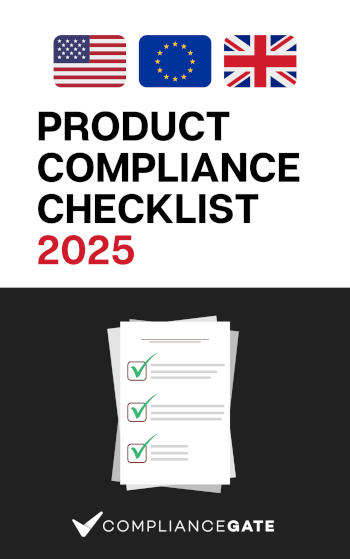

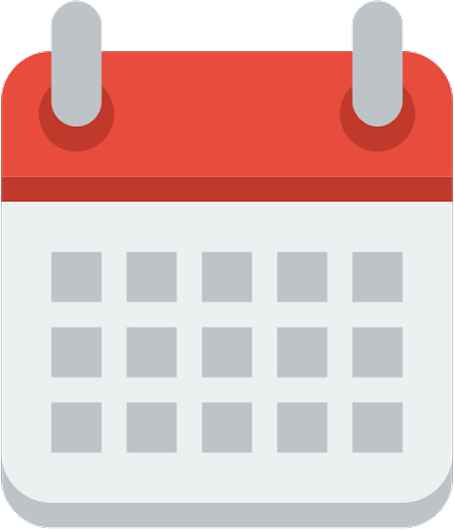


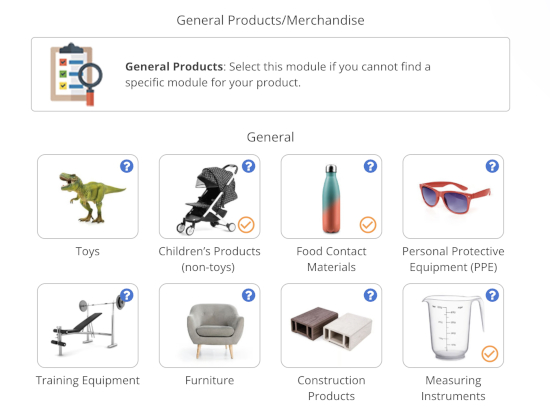




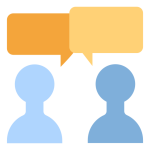
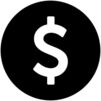
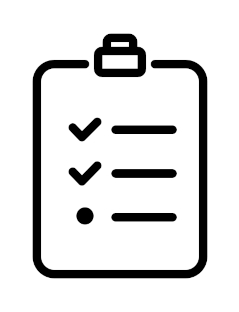

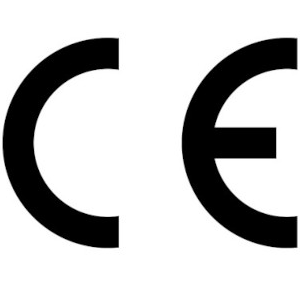




.png)
.png)
.png)
